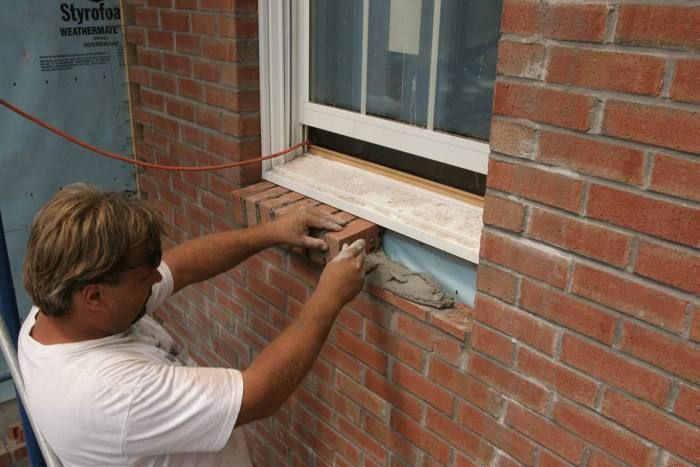
BASF Wall Systems recently announced the results of an Eco-Efficiency Analysis comparing brick, stucco and Senergy® Exterior Insulation and Finish Systems (EIFS). The analysis was designed to determine the balance of environmental burden and life cycle costs associated with the construction, use and disposal of exterior wall claddings in the United States. Though the study was geared towards commercial buildings, the findings still prove interesting.
THE TEST:
- The ecological impact of processes involved in the extraction, conversion, maintenance and disposal of each component used in the three wall claddings.
- The performance of each cladding was evaluated in six key environmental categories:
– Energy consumption
– Emissions
– Toxicity potential
– Occupational illness and accidents
– Resource consumption
– Land use
- A Lifecycle Cost Analysis (LCA) of the three claddings, creating a comprehensive assessment of both cost and ecological impact.
THE FINDINGS:
Brick: The lifecycle cost of Senergy EIFS and stucco were much lower than brick, and brick was more expensive in all three phases: production, use and disposal. It also provides the least eco-efficient wall cladding due to its higher cost and larger ecological footprint.
Stucco: Like brick, stucco is more material intensive than EIFS. It also a greater environmental impact than EIFS (though less than brick).
EIFS: The smallest ecological footprint in every category of environmental impact.
Fine Homebuilding Recommended Products
Fine Homebuilding receives a commission for items purchased through links on this site, including Amazon Associates and other affiliate advertising programs.

Reliable Crimp Connectors

Handy Heat Gun

Affordable IR Camera
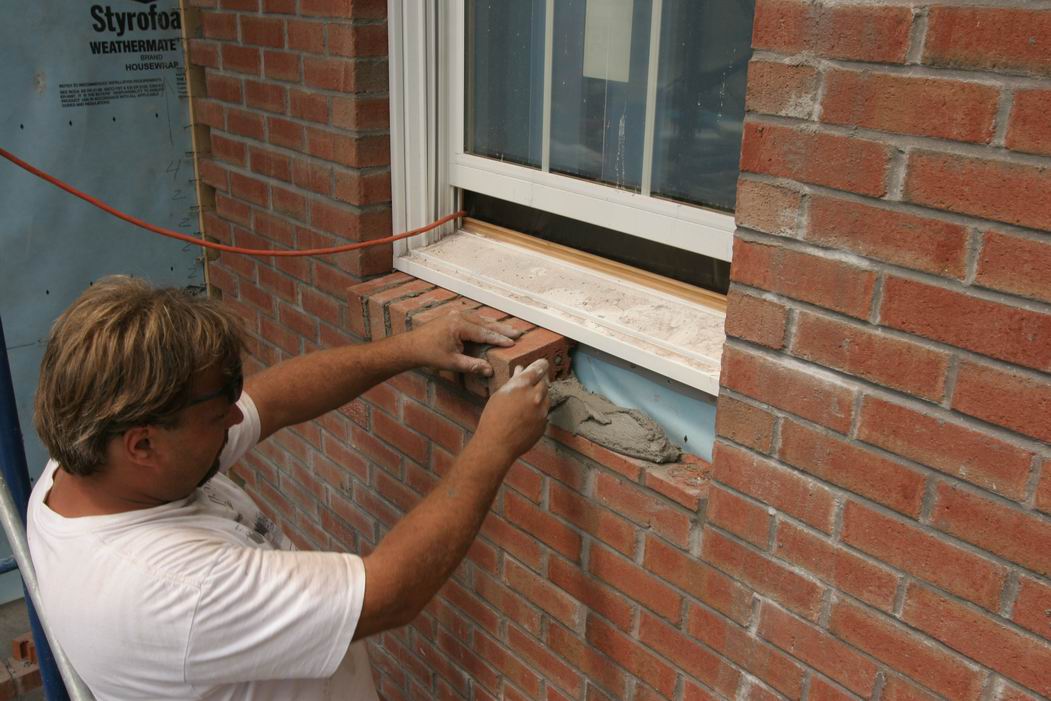

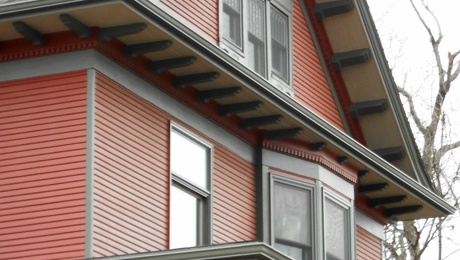
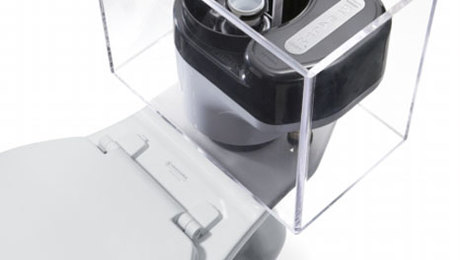
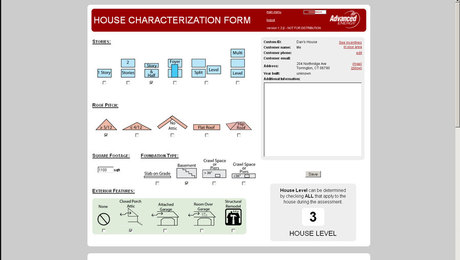























View Comments
What's not clear is if BASF addressed the issue of brominated flame retardant HBCD, a persistent, bioaccumulative toxin in the polystyrene Senerflex insulation board that's used in the Senergy system or if they only addressed the surface coating - the E, F and S in EIFS.
That's not the only thing that isn't clear about this study, Mike. For such an involved evaluation, you'd think they would offer a bit more in the ways of details and results. It's one thing to claim that they found EIFS to be the most green, it's another to share the data that proves it. But your point on the HBCD is a great one, and I'm guessing that their study DIDN'T include that as a factor, as I think it's a relatively new finding (within the last few months?).
Dear Justin and Mike,
We did consider HBCD in our Eco-Efficiency Analysis - all three wall systems in our study use HBCD in their rigid insulation materials.
The wall systems we compared were equally insulated, so differences in energy consumption during building use would not be a factor. We used insulation schedules provided by the New Buildings Institute’s Advanced Buildings Core Performance Guide for metal-framed buildings in Climate Zones 1-6.
The Guide requires R-5 continuous exterior insulation plus R-13 cavity insulation, or wall systems that provide a maximum heat transfer coefficient of U-0.077. For EIFS, this U-factor is achieved with 3” of EPS.
For brick and stucco walls, we used 1” of XPS to provide R-5 continuous insulation plus R-13 fiberglass batt cavity insulation, per Guide requirements.
Both EPS and XPS use HBCD as a flame-retardant. The amount of HBCD was similar in all three wall systems, and was not a major factor in study results.
We appreciate your interest in our recently completed study and will be glad to answer any further questions you may have.
Sincerely,
Richard Martens
Market Manager – Nonresidential Construction
BASF Construction Chemicals, LLC – Wall Systems
richard.martens@basf.com
Dear Richard Martens
Do you have the full report on the cost and impact of stucco, because if so it would be a great help if i could look over it. Thanks.